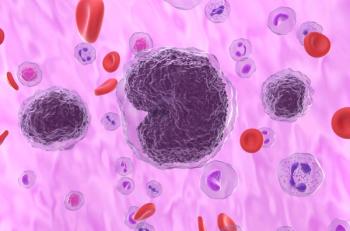Congress Relief Package Includes a Delay on RO Model
Yesterday, Congress passed legislation supported by the American Society for Radiation Oncology (ASTRO) that will delay the start of the Radiation Oncology Advanced Payment Model (RO Model) until January 1, 2022. Announced in a press release by ASTRO, the move was followed by an oversight letter led by US Representatives Brian Higgins, D-New York, and Mike Kelly, R-Pennsylvania, that was sent to HHS Secretary Alex Azar, which called for changes to the “flawed” RO Model. Moreover, the 16 US representatives involved in the letter are seeking for CMS to protect cancer patients’ access to radiation treatments by ameliorating deep reimbursement cuts for radiation oncology providers who are required to participate in the model.
Examining Novel COVID-19 Strain
The New York Times has highlighted information to know about a newly identified variant of SARS-CoV-2, the virus that causes coronavirus disease 2019 (COVID-19). Known as B.1.1.7, the variation has been said to be more contagious than more established variants, with initial studies convincing UK Prime Minister Boris Johnson to tighten restrictions over the holidays. Although a virus lineage becoming more common does not mean it is more transmissable, epidemiological evidence conducted in England suggests that the variant has an increased transmission rate of 50% to 70% compared with other variants in the United Kingdom.
Study Finds Higher Pandemic Death Rate in Hispanics, Older Adults
In a study of pandemic deaths in California published yesterday in JAMA Internal Medicine, the highest excess mortality was found among older adults, black and Hispanic residents, and those without college degrees. According to CIDRAP, excess death rates for Hispanic residents and people without a high school degree more than tripled after statewide shelter-in-place orders were lifted, which ran from March 1 to May 9. In the reopening period of May 10 to August 22, excess deaths for Hispanics were 3.1 times greater than during the shutdown, and those with a high school degree exhibited 3.4-fold increases in excess death rates.














































